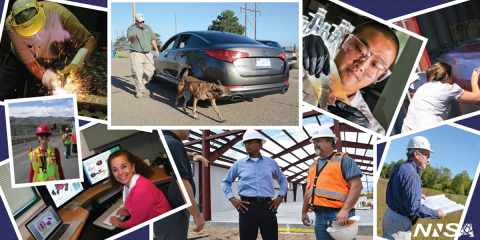
DOE/NNSA will host a virtual hiring event Wednesday, January 27, 2021, from 10 am - 4 pm EDT.
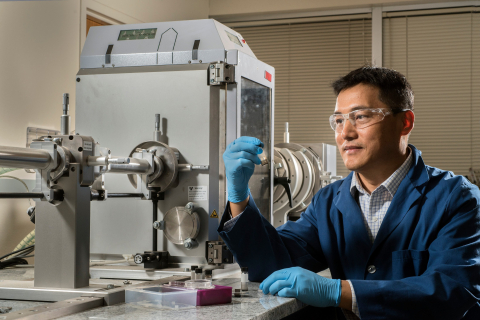
R&D Magazine has named 13 NNSA projects as winners in the annual R&D 100 Awards.
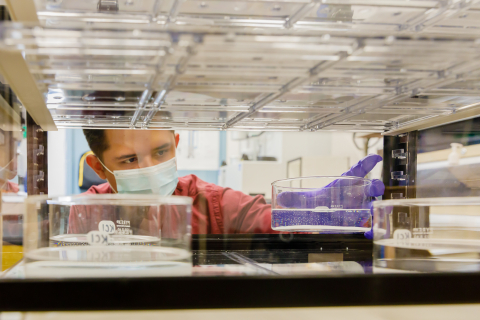
Using knowledge gleaned from nuclear weapons work Sandia National Laboratories has developed a new way to make and test high-quality N-95 face masks
NNSA released three strategic documents to guide efforts across the Nuclear Security Enterprise.
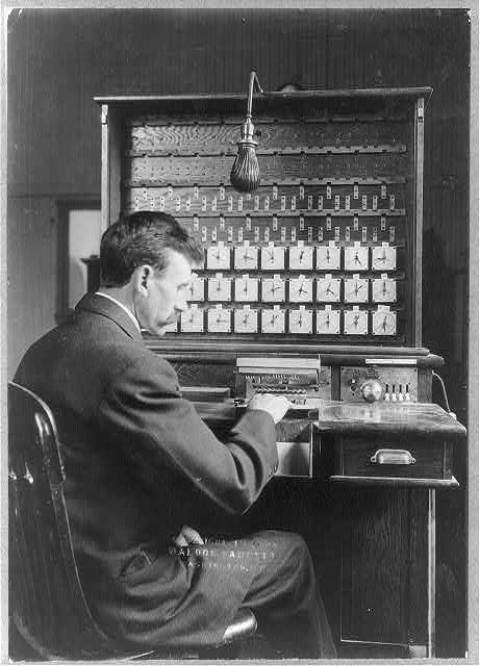
From punchcards to supercomputers and HPC, computing has come a long way.
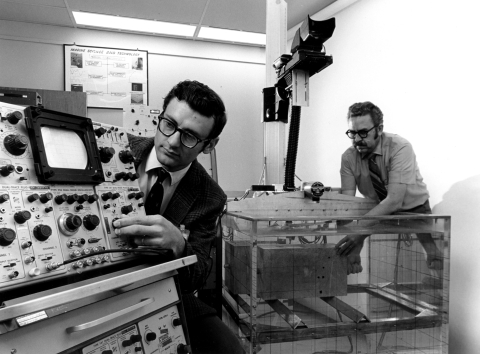
In recognition of Inventor’s Month, we are taking a look back at some timeless technologies developed across the Nuclear Security Enterprise.
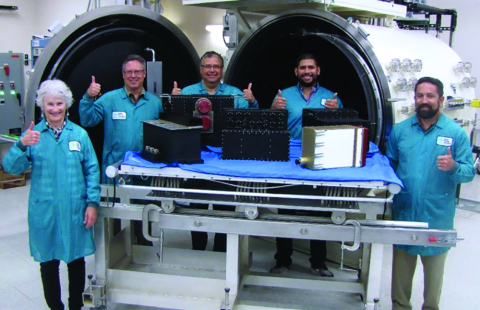
Space-based nuclear explosion sensors are a vital U.S. capability to both monitor compliance with treaties.
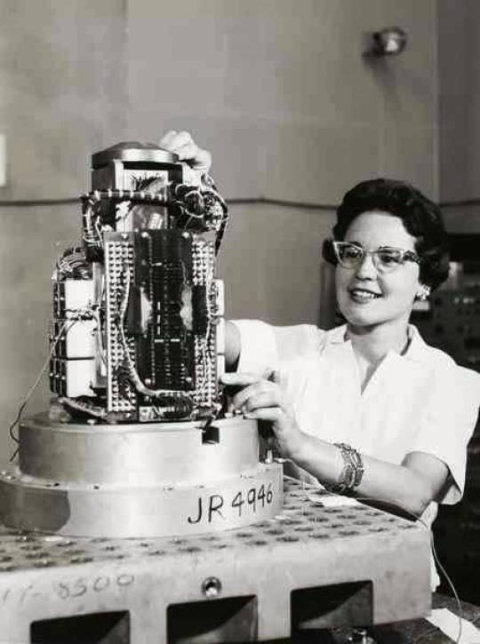
Before there was an NNSA, there was a workforce dedicated to nationwide nuclear security. A look back at some fantastic females of nuclear security.
NNSA today published the “2017 Year in Review.” The report highlights major accomplishments from the past year across vital national security missions
The demand for cybersecurity talent has increased for both the public and private sectors due to the growing number of internet-based securi...

